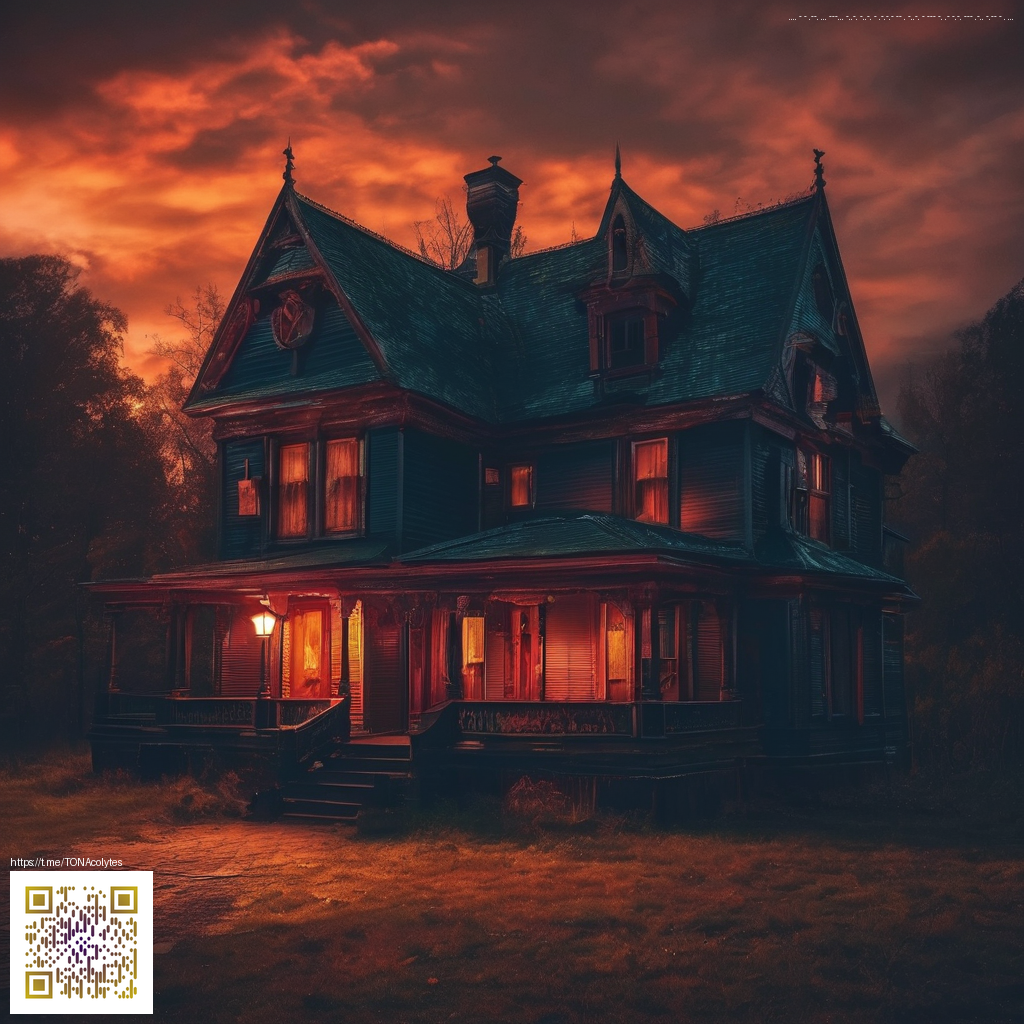
A Creative Synergy: Photography and Digital Paper Design
In today’s visual landscape, a single photograph often isn’t enough to convey texture, mood, and narrative. When photography meets digital paper design, you unlock a tangible sense of depth that shines across both screens and print. Think of photography as the street-level storytelling and digital paper as the texture that gives the story weight—literally and figuratively.
Digital paper design isn’t just about pretty patterns. It’s about embedding structured texture, color harmonies, and tactile cues that guide a viewer’s eye. Integrating these textures with captured imagery creates assets that feel cohesive, curated, and ready for multi-channel campaigns—from social posts to packaging mockups. The result is a set of visuals that remain readable at small sizes while offering surprising richness up close.
Why this pairing resonates
Texture matters in ways color and light alone cannot convey. When you layer a subtle paper texture over a photograph, you create a sense of materiality—gloss, grain, or fibers—that invites closer inspection. This balance keeps the focal point of the image intact while giving the surrounding area a quiet, atmospheric context. As you experiment, you’ll notice how patterns can echo elements in the photograph, reinforcing storytelling rather than competing with it.
“The best design emerges at the intersection of light and texture—where a photo’s mood meets the quiet confidence of paper.”
Techniques to try
- Match light direction: Align the lighting of your subject with the way a digital texture’s shadows fall. This creates natural integration between photo and pattern.
- Layer masks for blending: Use masking to reveal or conceal portions of the paper texture, letting the photograph stay dominant while texture lies in the background.
- Play with transparency: A 10–40% opacity for the texture allows the image to breathe while adding interest.
- Print-friendly testing: Do quick print mockups to verify how the texture behaves on different substrates—glossy, matte, or textured stock.
- Color harmony: Choose textures that echo the photograph’s hue ladder (cool tones with cool textures, warm tones with warm textures) to maintain cohesion.
On the practical side, small tools can keep your setup flexible. For on-the-go shoots, the Phone Grip Reusable Adhesive Holder Kickstand is a handy companion, helping you keep devices steady when you’re scouting locations or testing layouts. If you’re curious about this kind of accessory, you can explore the product page for details.
For those looking to dive deeper into this blend of disciplines, this topic mirrors ideas you’ll find in curated resources at https://magic-images.zero-static.xyz/a397200a.html. The approach there underscores how photography and digital paper design can be choreographed into a single, fluid process—from concept to final asset.
Case study: a quick workflow you can adapt
- Capture a photo that has strong light and texture potential.
- Choose a digital paper texture that complements the image’s mood and palette.
- Export two versions: a clean photo and a texture-overlay variant.
- Blend in your editing software using a mask, then adjust opacity and contrast to unify both layers.
- Preview across different devices and printing substrates to ensure consistency.
As you experiment, keep a note of which textures elevate which subjects. A portrait may benefit from a subtle, warm fiber texture, while a product shot might gain punch from a crisp geometric pattern. The goal is to enhance the photo without overpowering it, letting the paper texture act as a quiet, supportive voice in the narrative.